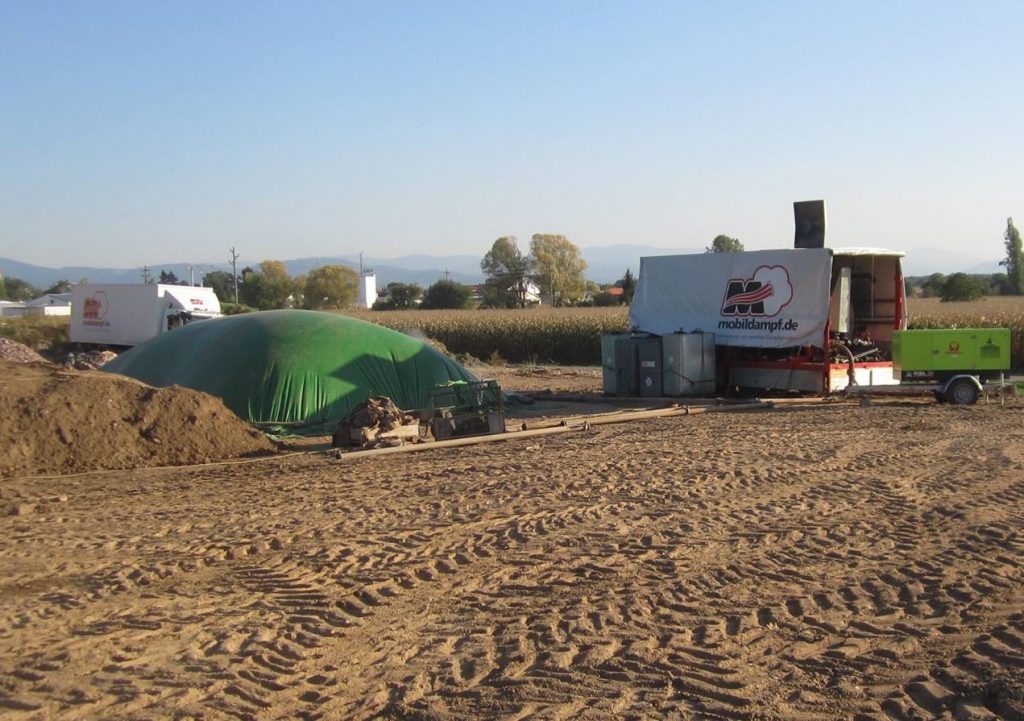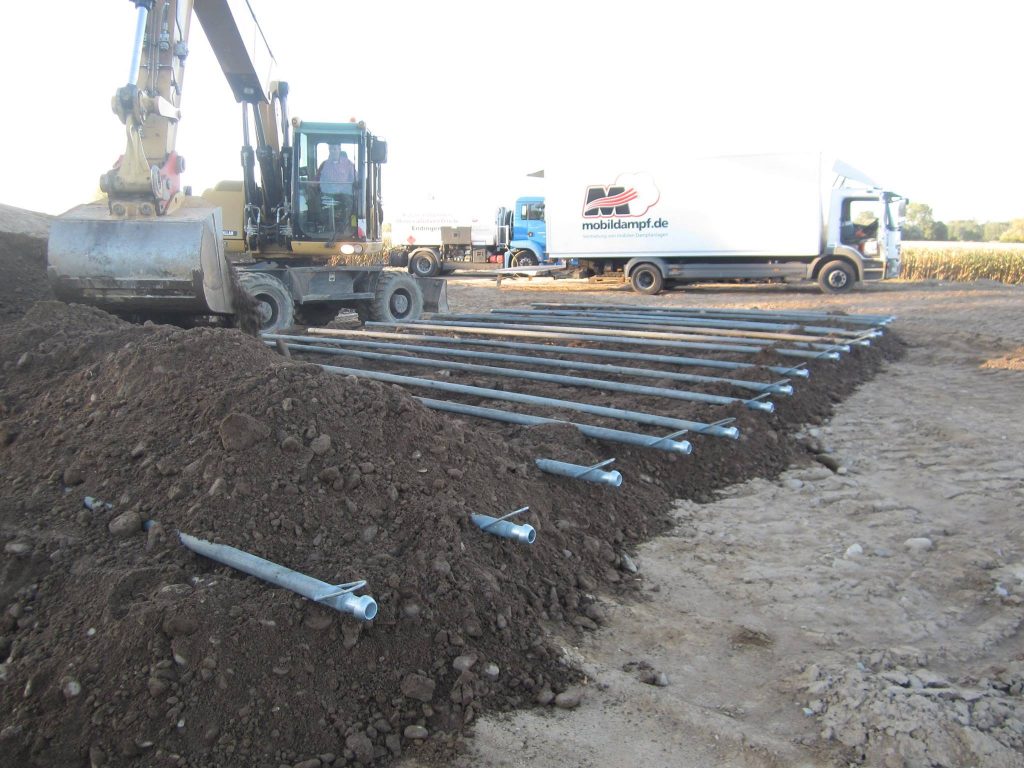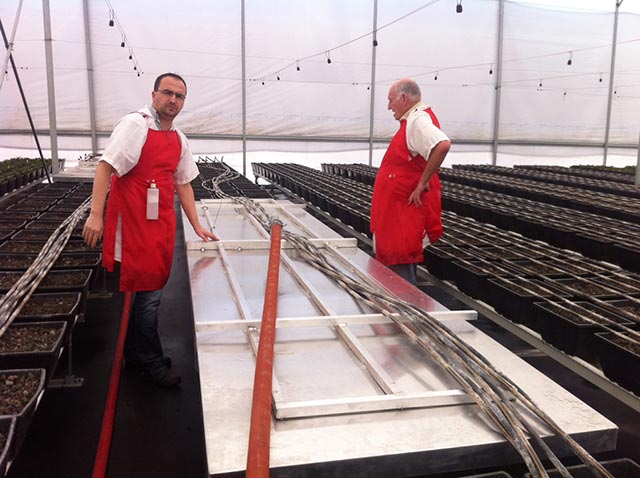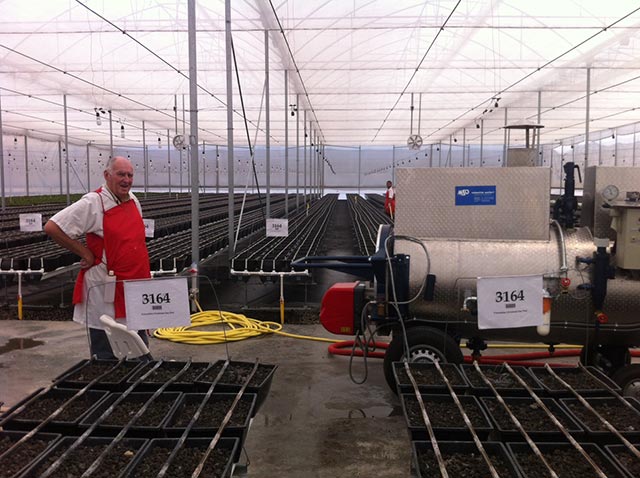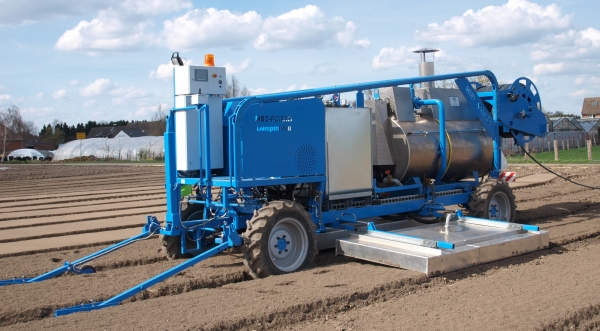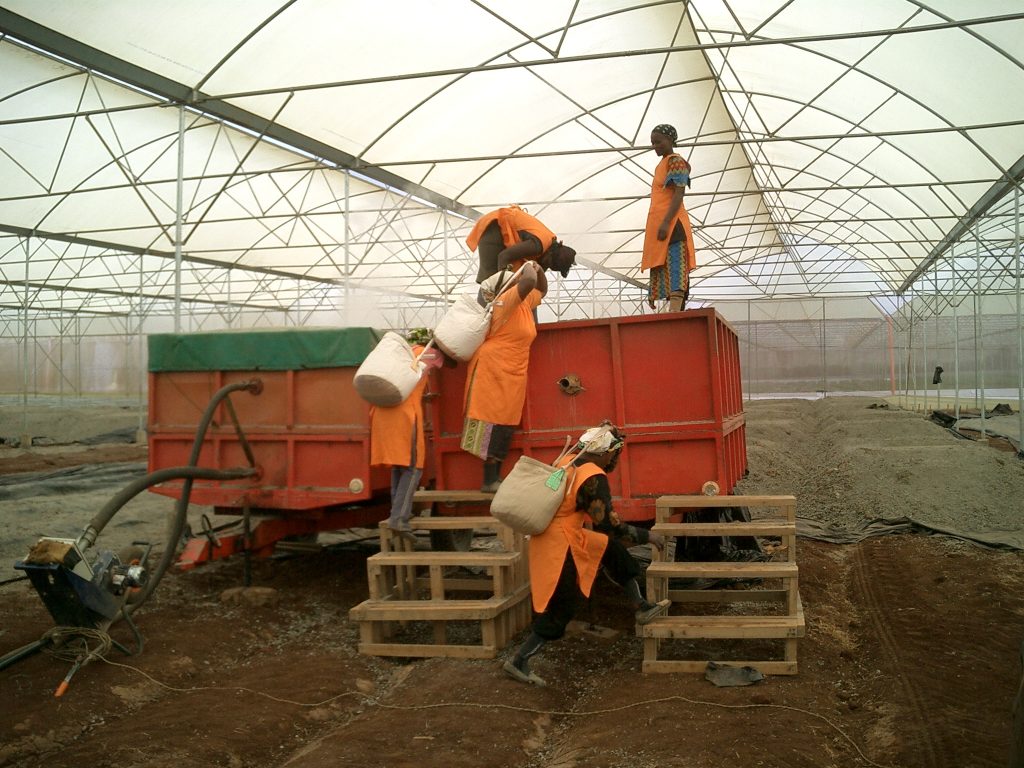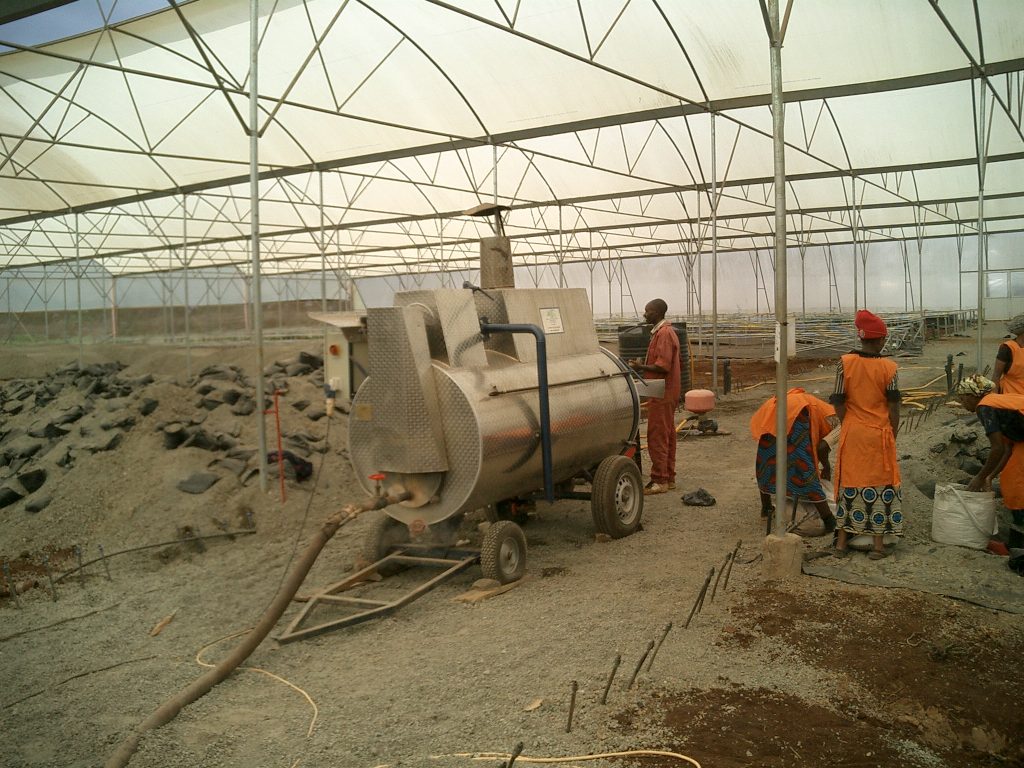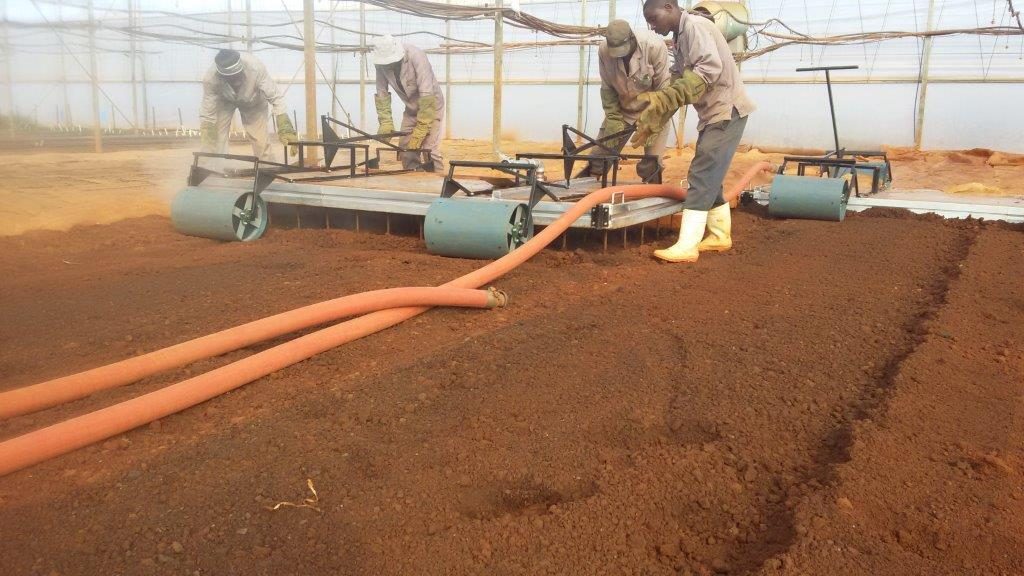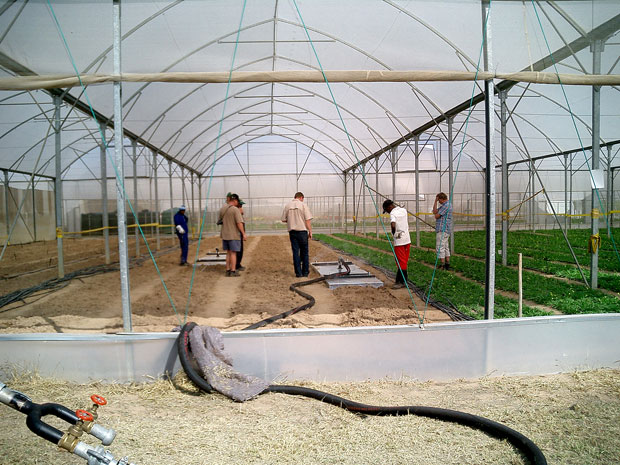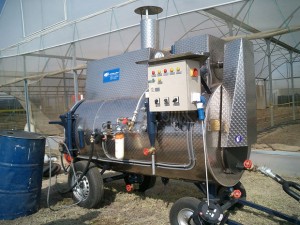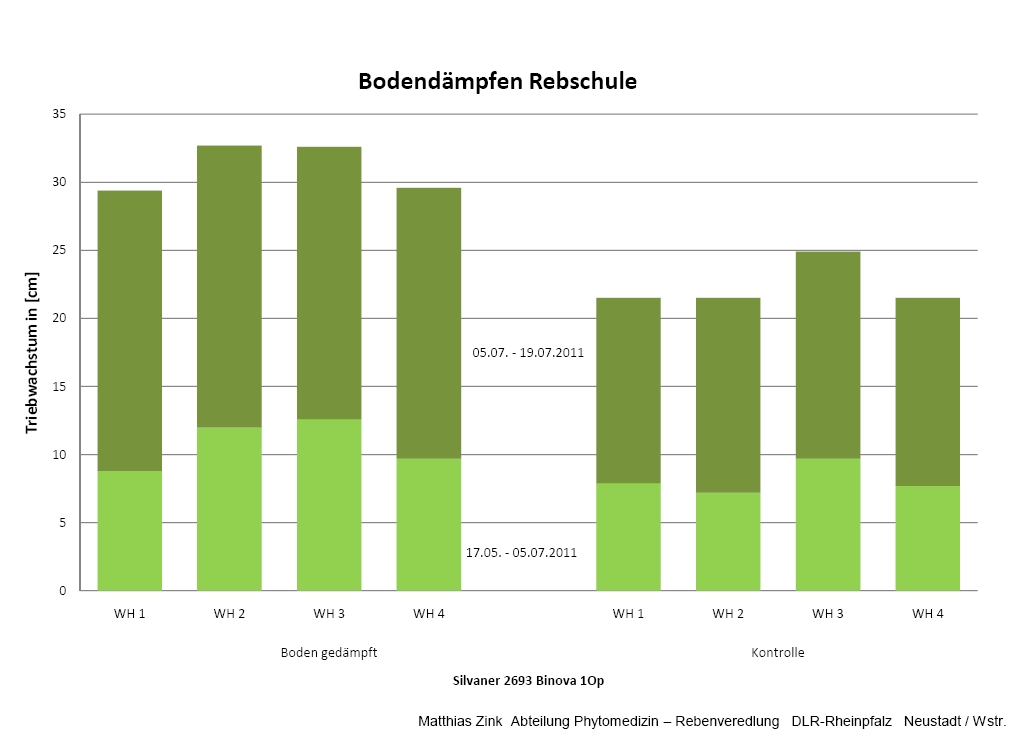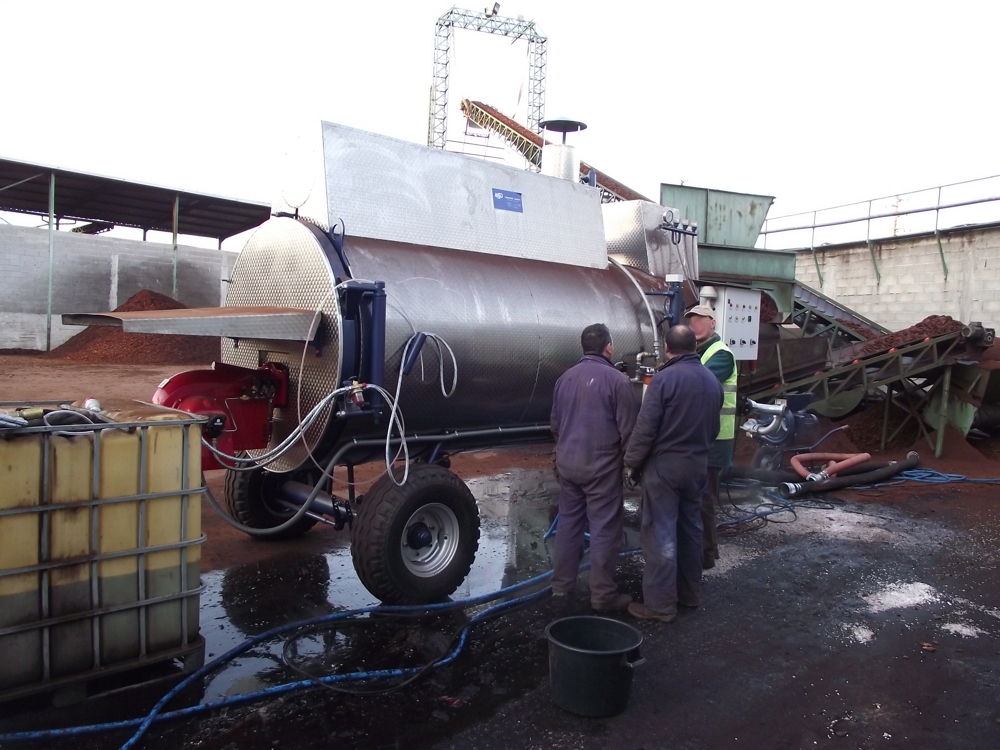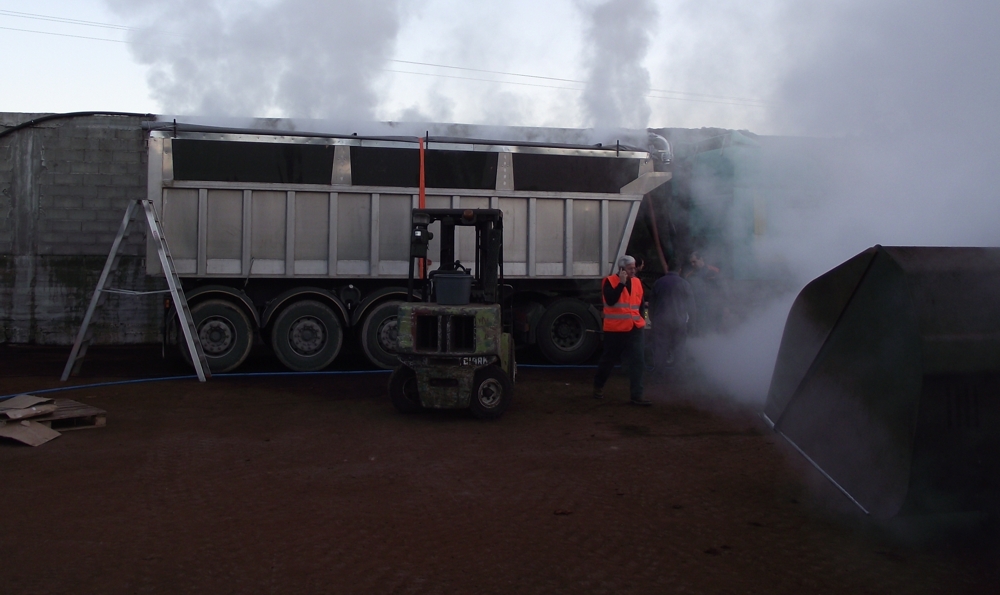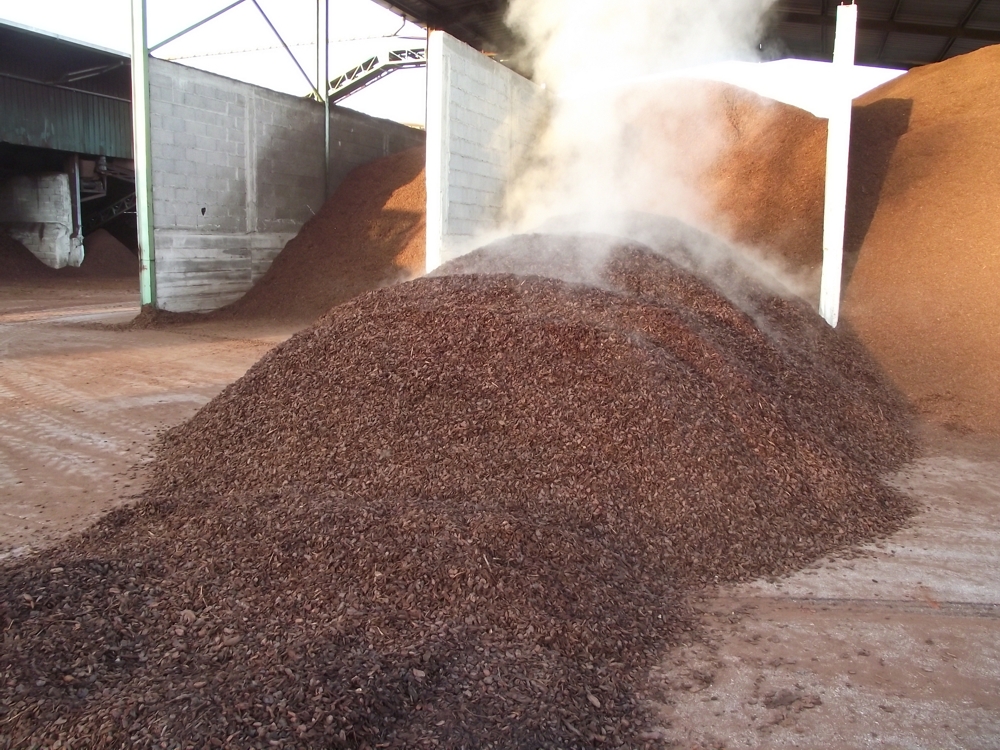In the first half of this year, one of well-known floriculture farms near Johannesburg decided to use a new steaming system to treat soil with steam on its 40 hectares. This company was advised by a well-reputed expert Mr Marten Barel.
For many years the company has been using a stationary coal-fired steaming system. Now this system is completely revised and replaced by a mobile steaming system from MSD Corp. (Durbach, Germany). The new state-of-the-art liquid-fuel steam boiler generates superheated steam at almost 96% efficiency factor. Due to this fact alone, the energy consumption was reduced to 0.4 l heating oil per square metre.
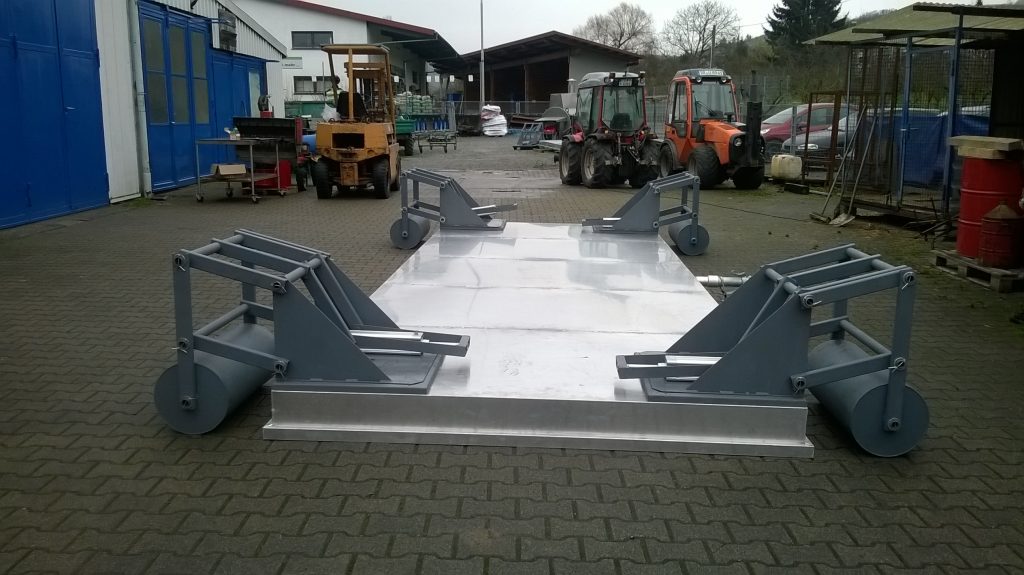
In this method, the hot steam is transferred into the soil by a very efficient steaming system. In sandwich-type steaming, the steam is injected by a spiked hood both at the surface and to 25 cm depth at the same time. The hood is a custom product. It can be automatically lifted and lowered by a hydraulic system. The system is towed on wheels through the greenhouse with a winch. Moreover, the steam boiler is placed on a low running gear allowing reduction of the total height just to 1.8 m.
Video for illustration of the spiked steaming hood and its operating principle (click here)
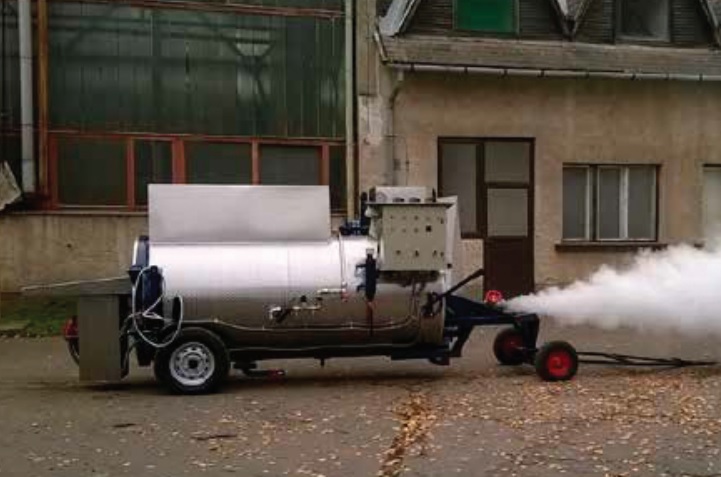
During the steaming, a temperature of 80°C is achieved in about 6-7 minutes. Such temperature is enough to sanitize the soil and to eliminate pathogens and weeds.
